
SAFETY.
Safety is of the utmost importance to members of the Truck Loggers Association. Learn more about how we strive to ensure safe logging practices are carried out across the province.
WORKSAFEBC.
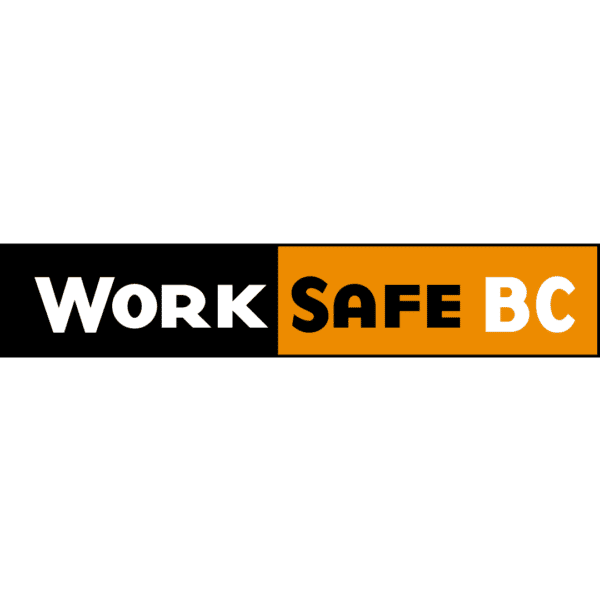
New first aid requirements in effect
Amendments to the Occupational Health and Safety Regulation relating to occupational first aid took effect November 1, 2024. To assist employers in implementing these new requirements, the following resources are available:
- Backgrounder: Occupational first aid regulatory changes
- Changes to occupational first aid requirements: Frequently asked questions
- Workplace First Aid (video series)
See the amended sections of the OHS Regulation and the corresponding OHS Guidelines.
WORKSAFEBC HIGH RISK STRATEGY.
WorkSafeBC’S High Risk Strategies identify and target industries and employers with a high risk of serious workplace injury and a significant contribution to the serious injury rate. Based on the incidence of serious injuries and work-related deaths, the High Risk Strategies include four industry sectors: construction, forestry, health care, and manufacturing.
Collectively, the High Risk Strategies are designed to reduce the serious injury rate through implementation of risk-reduction tactics directed towards high-risk work activities. The primary role of the High Risk Strategies is to identify categories of serious injuries and to develop planned approaches to effect change, thereby reducing the risk of serious injuries. Each strategy focuses prevention initiatives on identified areas of high risk in order to apply resources and effort where they will be most effective.
- Manual tree falling
- Log transportation
- Cable yarding
- Mechanized harvesting
BC FOREST FIRES..
THANK YOU FIRE FIGHTERS!
- Thank you to all the forest workers who have taken their equipment and left their homes and families to help fight the forest fires in BC.
HOW CAN I STAY INFORMED?
- For BC Wildfire Service contacts, click here
- For the latest information on current wildfires, road closings and air quality advisories, visit B.C. Wildfire Service and Emergency Info BC. Also follow the hashtag #BCWildfire and these Twitter handles: @EmergencyInfoBC and @PreparedBC.
- Information about the location of hospital patients relocated due to fires is available at 1-877-442-2001.
- Evacuees can register with Red Cross by calling 1-800-863-6582.
- Individuals who have been displaced can go to any pharmacy in BC for refill or replacement prescriptions, according to a B.C. Pharmacare Policy.
HOW CAN I HELP THE PEOPLE AFFECTED?
- The government has published an information bulletin on how to donate effectively so your money goes where it is needed.
- Donate through the Canadian Red Cross’ British Columbia Fires Appeal webpageor call 1 800-418-1111.
- You can also text FIRES to 45678 to donate $10 to the Canadian Red Cross BC Fires Appeal.
- Several other organizations are partnering with the province to provide aid: CanadaHelps, FoodBanks BC, The Salvation Army, United Way, and BC Liquor Stores
TECHNICAL EVACUATION ADVANCED AERO MEDICAL SOCIETY (TEAAM).
TEAAM is a not for profit society comprised of advanced care and primary care paramedics, emergency physicians, nurses, technical rescue specialists and other mountain professionals dedicated to providing leading edge pre-hospital care and transport in austere settings. In collaboration with Blackcomb Helicopters, we are able to provide aeromedical transport in hoist and HETS (long line) capable aircraft.
ROAD SAFETY AT WORK.
Road Safety At Work helps improve the safety of people who drive for work or work at the roadside. They raise awareness and provide free online tools and resources that help organizations and drivers prevent work-related motor vehicle injuries and crashes.
They serve BC employers, supervisors, and employees by providing:
- Online occupational road safety resources such as tool kits, policy and procedures templates, tailgate meeting guides, checklists, and a monthly planner and newsletter
- Training and educational resources including online courses, webinars, and workshops
- Practical road safety tools such as RiskCheckTM, SkillCheckTM, and TripCheckTM
- Presentations and outreach at conferences, association meetings, and similar events
- Advisory services to employers and supervisors who have road safety questions
- Road safety campaigns and media information
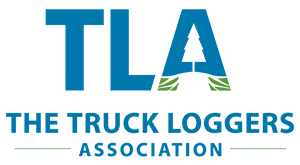
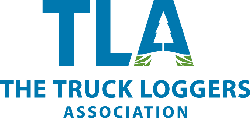


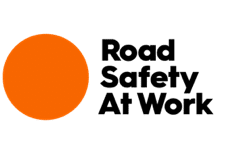
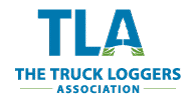



Get Social